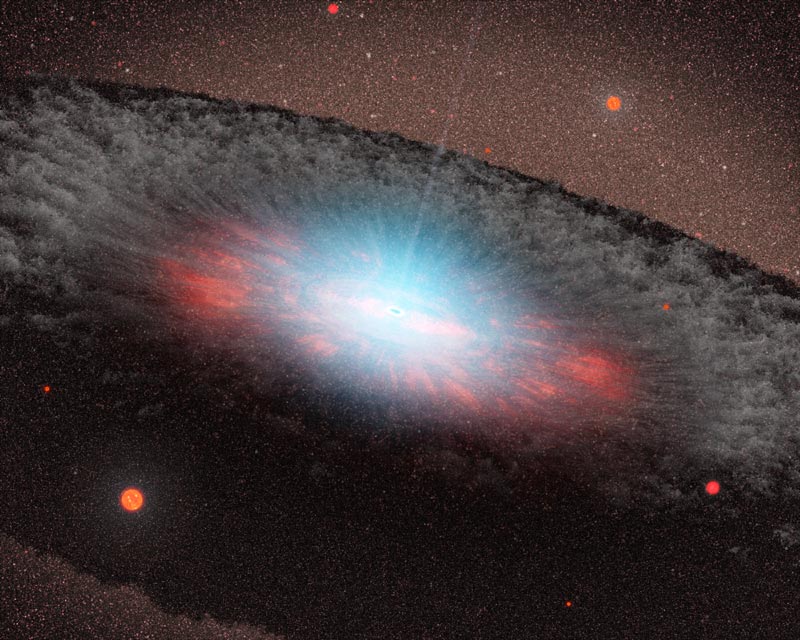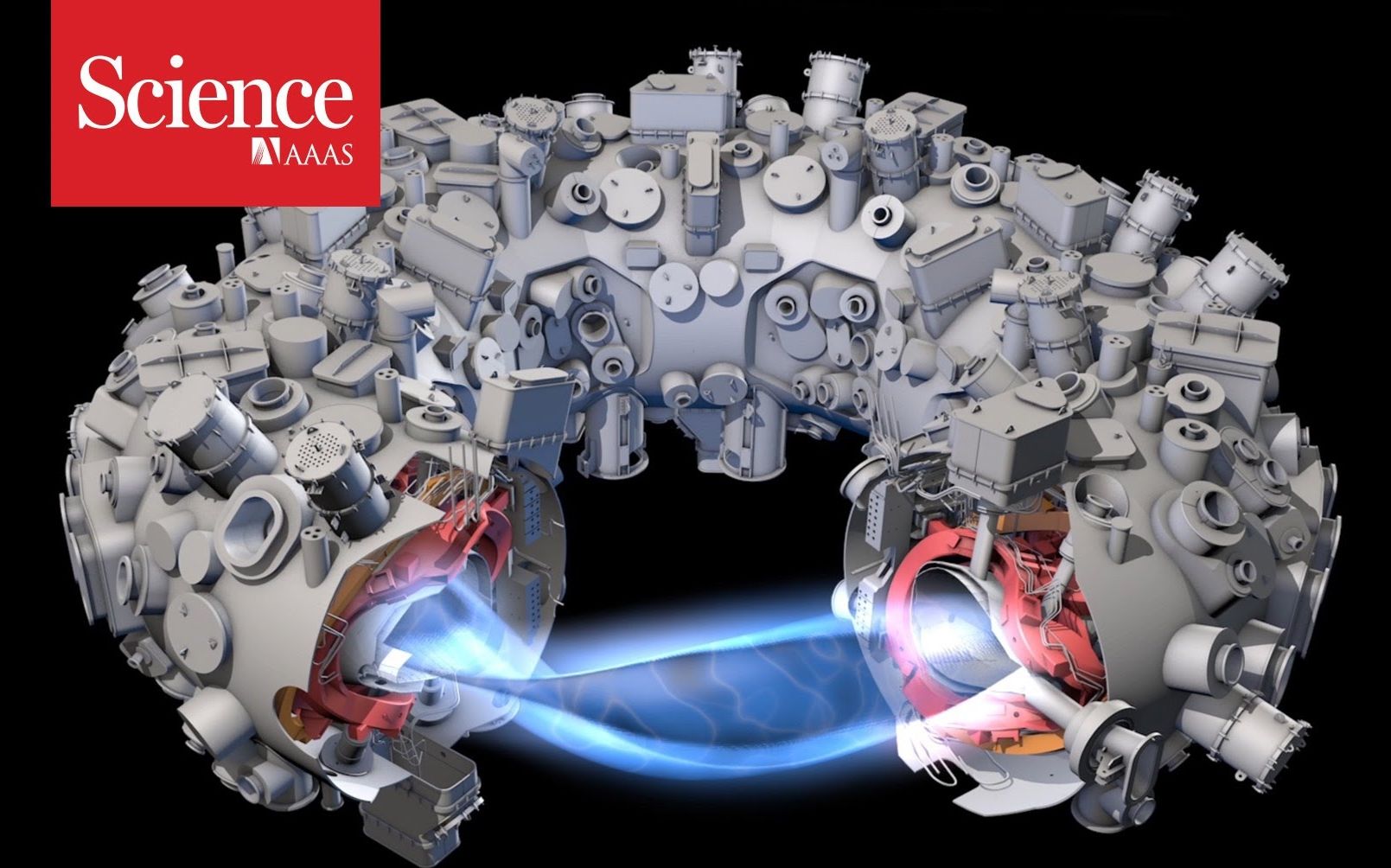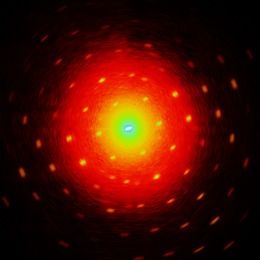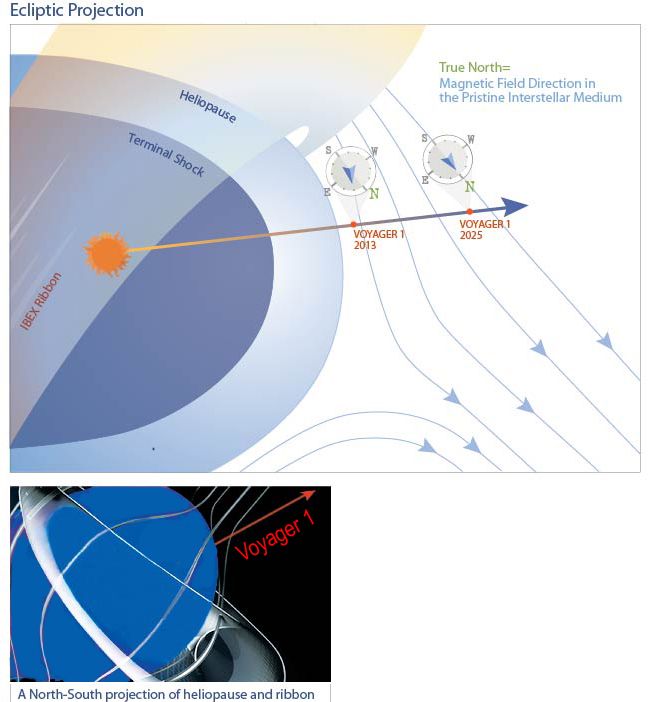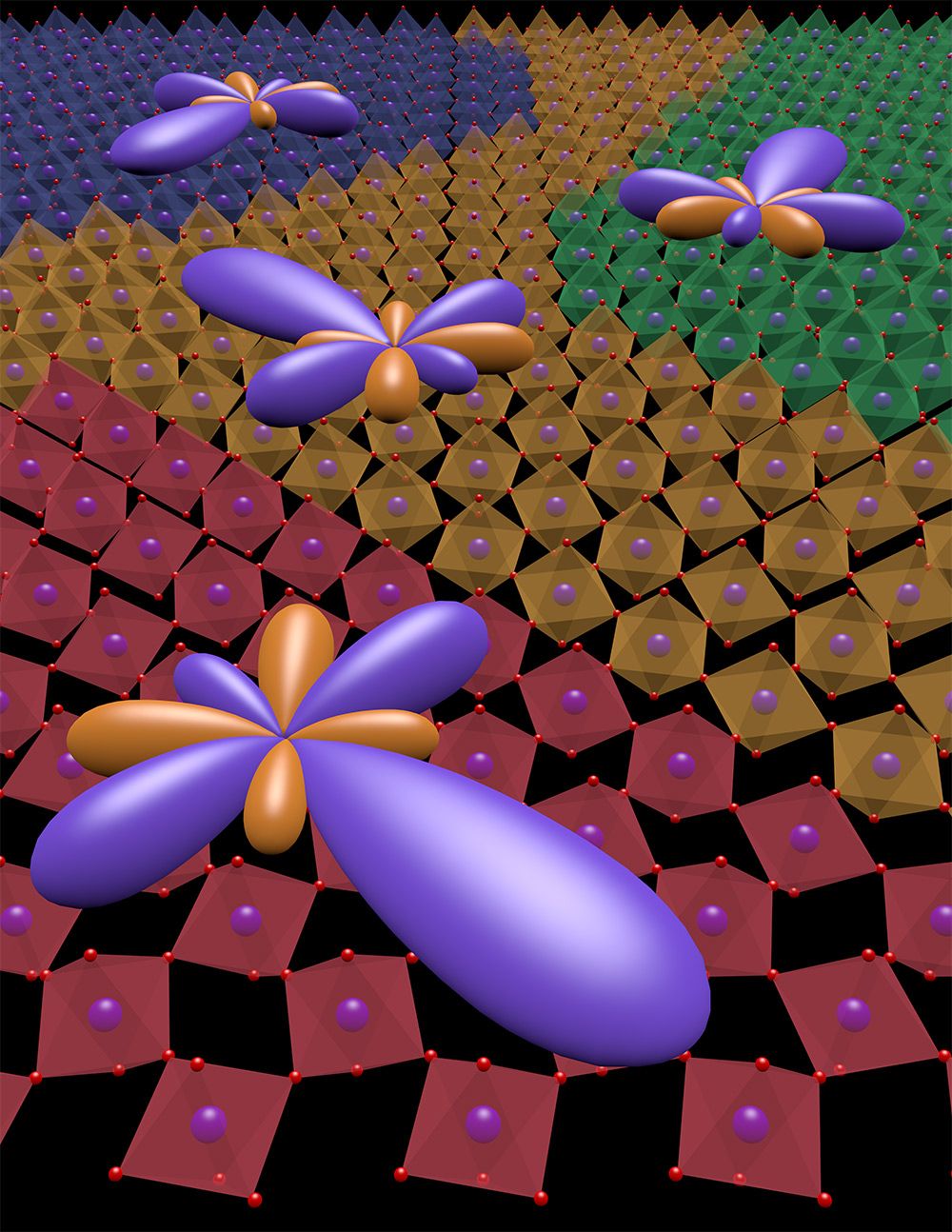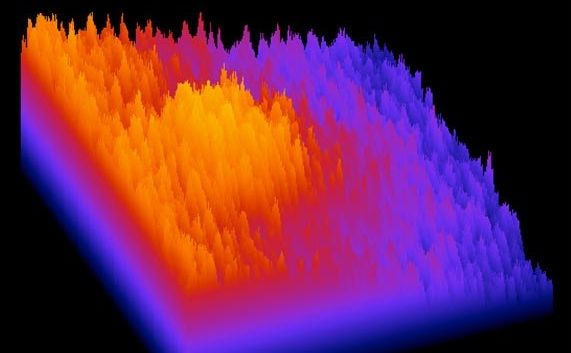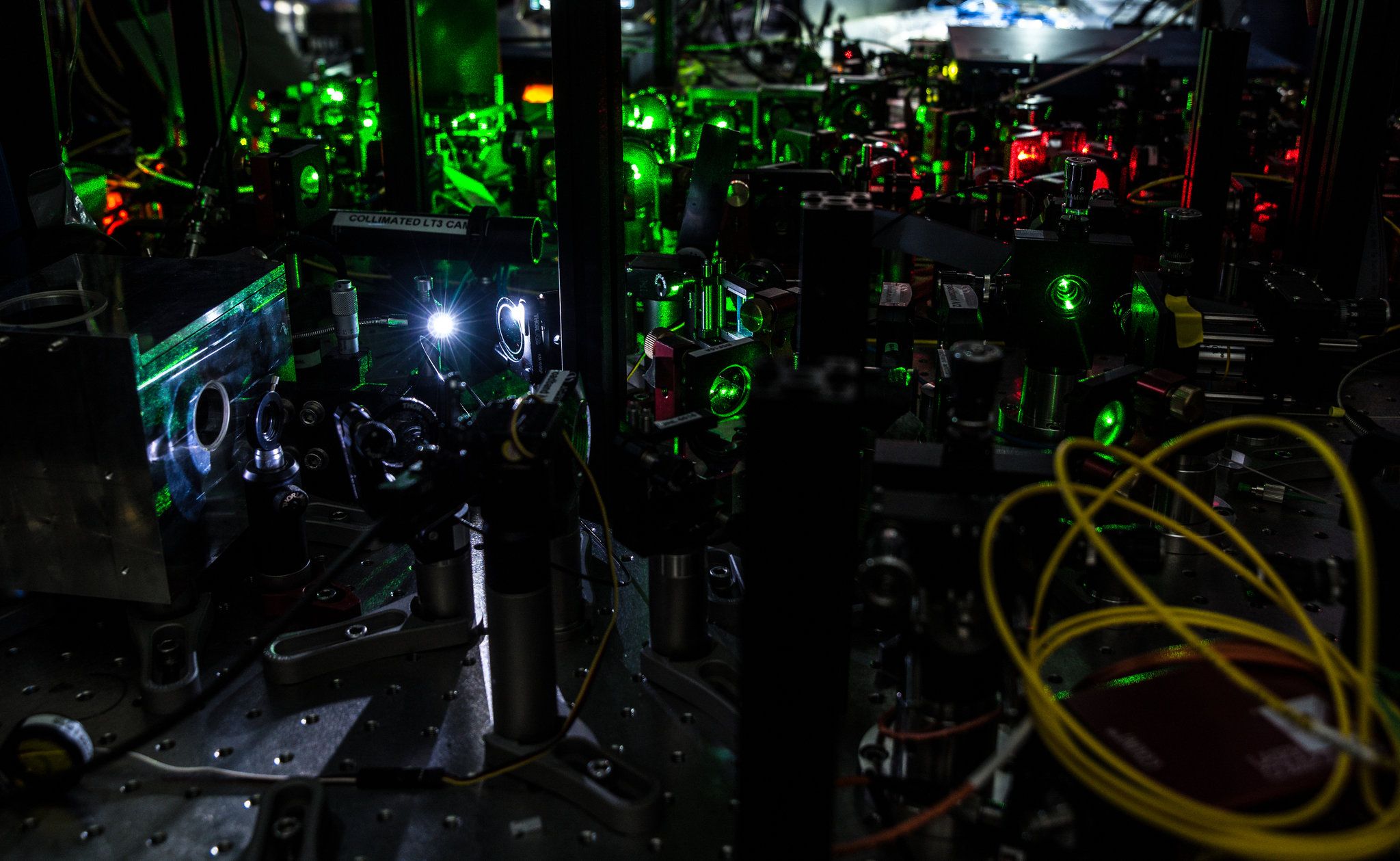Nov 1, 2015
Researcher shows that black holes do not exist
Posted by Josef Koch in categories: cosmology, physics
Black holes have long captured the public imagination and been the subject of popular culture, from Star Trek to Hollywood. They are the ultimate unknown – the blackest and most dense objects in the universe that do not even let light escape. And as if they weren’t bizarre enough to begin with, now add this to the mix: they don’t exist.
By merging two seemingly conflicting theories, Laura Mersini-Houghton, a physics professor at UNC-Chapel Hill in the College of Arts and Sciences, has proven, mathematically, that black holes can never come into being in the first place. The work not only forces scientists to reimagine the fabric of space-time, but also rethink the origins of the universe.
“I’m still not over the shock,” said Mersini-Houghton. “We’ve been studying this problem for a more than 50 years and this solution gives us a lot to think about.”
